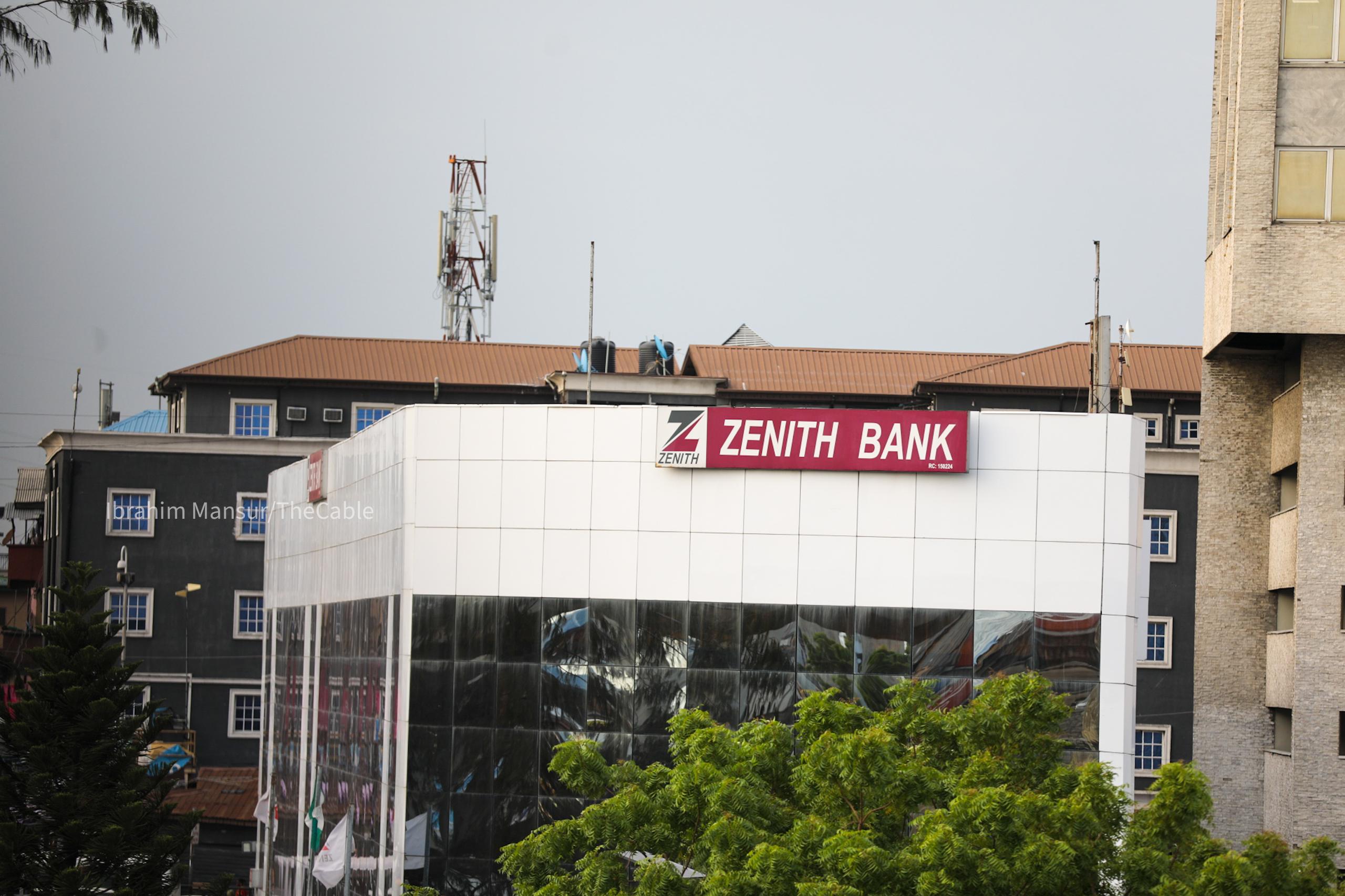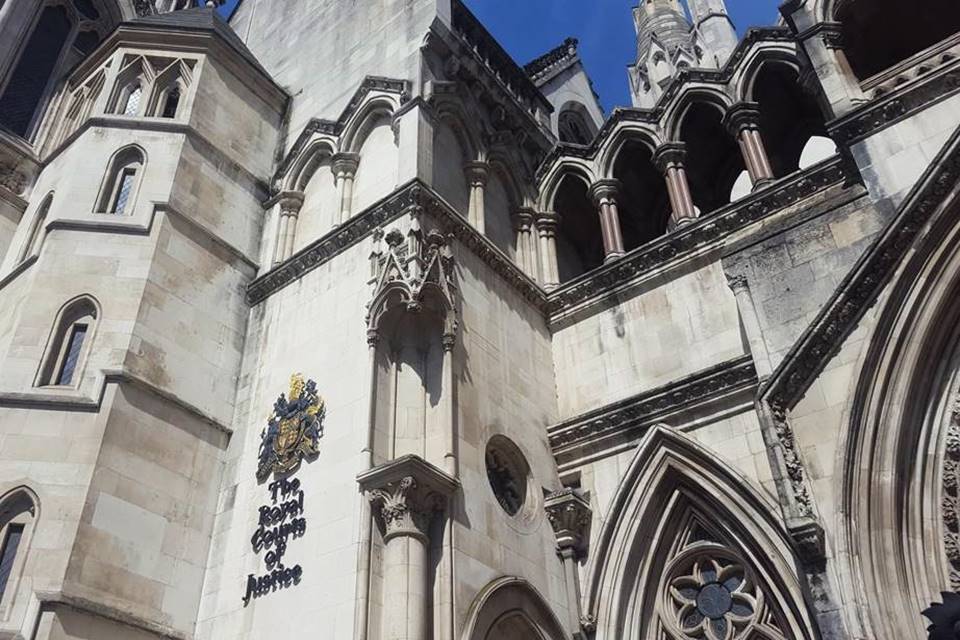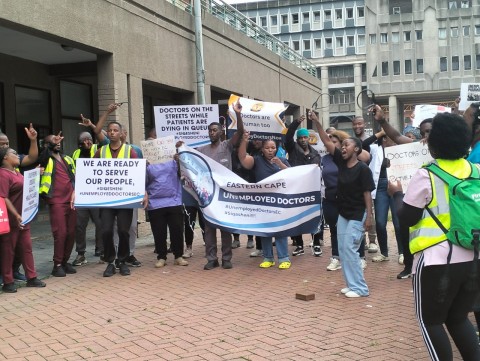California homeowners allege fraud, negligence and bad faith in separate suits against State Farm, USAA and AAA | Repairer Driven News
In recent weeks, California homeowners have filed individual suits against State Farm, USAA, and AAA for alleged widespread fraud, negligence, and bad faith regarding coverages following the Los Angeles County wildfires.
Each of the suits claims that the insurance companies systematically underinsure homeowners.
Two identical suits filed by Bentley & More say USAA and AAA underinsured thousands of policyholders despite years of advertising their expertise in estimating rebuilding costs and assuring policyholders that they would be fully protected in the event of a total loss, a press release from the law firm says.
“These families paid their premiums, trusted their insurers, and did everything right,” said attorney Gregory L. Bentley, of Bentley & More, in the release. “But when disaster struck, they learned their coverage was little more than an illusion. These companies promised peace of mind, but instead left their members stranded, homeless, and hopeless.”
According to the suits, the two companies used flawed estimating software, failed to inspect homes, and ignored key building features. It says the companies also refused to let homeowners purchase additional insurance, even when policyholders asked.
USAA underwent a Targeted Market Conduct Examination from the California Department of Insurance, which found USAA needed to make “millions of additional payments” to insureds due to “pervasive underinsurance of California residents,” the release says. Despite warnings and complaints, the companies failed to fix their coverage estimates, it says.
The suits claim that coverage limits were routinely 50% or more below actual rebuild costs, including those insured with “extended replacement” or “home protector” endorsements. Many of the insured are unable to start rebuilding as they are forced to pay hundreds of thousands of dollars in out-of-pocket costs before insurers will release any funds, the suit says.
“It’s a cruel bait-and-switch,” Bentley said. “USAA and AAA told these homeowners they were covered. Now they’re claiming they have to front the money themselves before they’ll pay what they owe. Many of these homeowners are completely tapped out financially as they have had to move themselves and their loved ones, sometimes thousands of miles; they simply have nothing left.”
According to the suits, allowing policyholders to be underinsured is a feature of an industry strategy designed to boost market share and minimize claim payouts.
“This was not an honest mistake,” said attorney Matt Clark, of Bentley & More. “This was a business model built to fail homeowners in their greatest moment of need.”
The lawsuit against State Farm also claims the company engaged in a “multi-faceted illegal scheme” designed to “reap enormous illicit profits by deceptively misleading over 1 million homeowners in California,” according to an LA Times story.
The LA Times writes that one of the plaintiffs asked a State Farm agent prior to the January fires to confirm that $1 million was sufficient to cover the cost of rebuilding their home. The agent confirmed it was. However, the couple has received estimates in excess of $3 million to rebuild.
California Insurance Commissioner Ricardo Lara launched an investigation into State Farm’s handling of thousands of wildfire claims last week.
This includes a Market Conduct Examination that could take several months, according to a release from Lara’s office.
“Californians deserve fair and comprehensive treatment from their insurance companies. No one should be left in uncertainty, forced to fight for what they are owed, or face endless delays that often lead consumers to give up,” Lara says in the release. “While there are national standards for insurance claims handling, they can be vague and inconsistently applied, especially during large-scale, climate-driven disasters. This examination will assess whether State Farm has complied with California’s consumer protection and claims handling laws and will help determine if further reforms are needed as natural disasters increasingly disrupt insurance markets across the country.”
Lara notes that some of the concerns his office has heard about include the frequent reassignment of multiple adjusters with little continuity in communication, inconsistent management of similar claims, and inadequate record-keeping or information-sharing.
“These issues create unnecessary stress, prolong recovery, and erode trust,” said Lara. “The strongest evidence we can present is the voice of consumers themselves. I urge any wildfire survivor facing delayed payments, claim disputes, multiple adjusters, smoke damage issues, or any other problems to file a formal complaint with my department.”
Formal complaints can be submitted at insurance.ca.gov or by calling 1-800-927-HELP.
Third-party appraisers who testified during a U.S. Senate Subcommittee hearing last month made claims that they’ve seen insurance companies reassign appraisers in an attempt to lower estimates.
Natalia Migal told the subcommittee that Allstate originally offered $46,000 to fix her Georgia house that was extensively damaged by Hurricane Helene on Sept. 27, an offer more than $350,000 lower than what an independent adjuster later estimated.
Two adjusters who worked on Migal’s claim for Allstate also testified they faced pressure to lower their initial estimates, a practice that was a pattern for the insurance company.
The testimony was part of a two-hour-plus hearing before the Homeland Security & Governmental Affairs Subcommittee on Disaster Management, District of Columbia, and Census.
Chair Sen. Josh Hawley (R-Missouri) said it was the first hearing to examine the insurance industry’s claims practices following recent natural disasters.
The first adjuster on Migal’s claim was Nick Schroeder, who was removed from the file before he could complete the work, according to his testimony.
A new inspection was completed by a second adjuster who was less thorough, Miqal said. More than two months after the claim was filed, Allstate’s initial valuation was $46,000.
“We were stunned,” Migal said. “This amount did not begin to reflect the real-world cost of the repairs and estimates from contractors. It was perfectly clear that working with Allstate will be increasingly difficult, and there was no resolution in sight.”
Migal said her family contracted Matthew Hunter, of Hunter Public Adjusting, for an independent estimate. A sworn proof of loss of $497,548 was submitted to Allstate on March 14.
A third adjuster from Allstate agreed with Hunter’s estimate on site, Migal said. However, Allstate later submitted a final estimate at just under $100,000.
She told the subcommittee that, as of early May, no repairs have been made to the home.
“We are homeowners, not lawyers, not engineers, and not insurance experts,” Migal said. “We have lived up to our end of the contract. We have been Allstate homeowners insurance customers for six years, since October 2019. During that time, we have paid our bills on time and in full. But when we needed Allstate most, they failed us.”
Hawley grilled Allstate and State Farm during the hearing, saying testimony from the adjusters and policyholders appears to show the companies are “running a racket” and a “pattern of fraud” while making “outrageous profits.”
“Where do Americans turn after catastrophes like the ones we’ve experienced just in the last calendar year? The answer is they turn to their insurance companies, and they don’t turn to their insurance companies for a handout. This isn’t charity that we’re talking about. They turn to their insurance companies because they pay premiums to those insurance companies. It’s a contract, and by the way, it’s required in law.”
Hawley said every state requires insurance, and homeowners pay their premiums dutifully.
“Unfortunately, time after time, they find when disaster strikes in their moment of utmost need, the insurance companies come back to them and they delay and they deny and they offer excuses,” he said. “And they send out two adjusters and three adjusters and 15 adjusters and 25 adjusters, and they constantly change the estimates. At the end of the day, they just won’t pay what is due, what is required, what is just, and it’s not a one-off situation; it’s not like it’s happened to just one family. It is a deliberate strategy to maximize profits.”
IMAGE
Photo courtesy of AscentXmedia/iStock
Share This:












